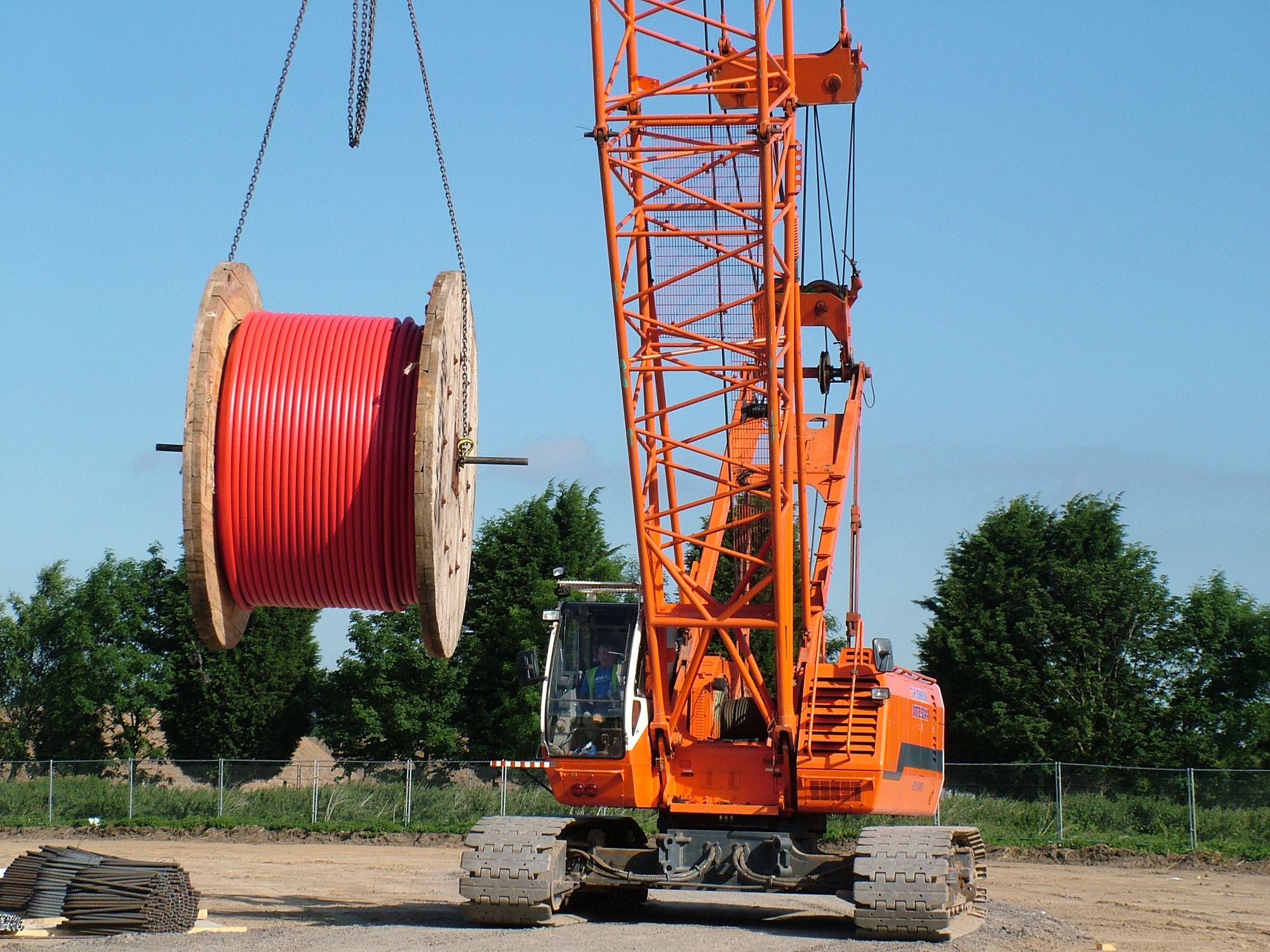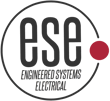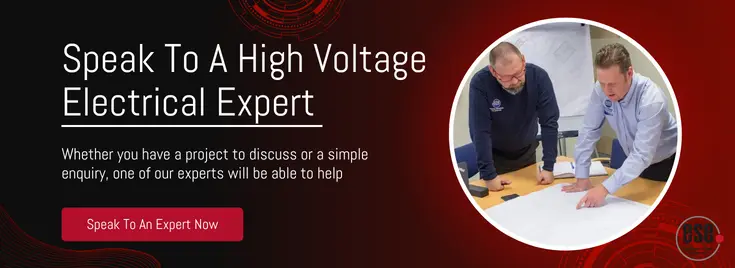
High voltage cable installation plays a crucial role in the transmission and distribution of electricity, but it’s a process that presents unique challenges which must be carefully addressed. Specialist electrical contractors, such as Engineered Systems Electrical Limited, have the technical expertise and experience to undertake even the most complex of installations to ensure that the challenges they face are considered, evaluated, and addressed, for a safe and functioning energy network.
In this article, we’ll look at the main challenges involved in high-voltage cable installations.
1. Safety
Electrical shocks, burns, or electrocution are significant hazards if proper safety precautions are not followed, so comprehensive training, personal protective equipment (PPE), and adherence to safety protocols are crucial to protect the installation team and maintain a safe working environment.
2. Cable Handling
High voltage cables are typically heavy and bulky; their size and weight make them difficult to handle so specialist equipment and highly skilled personnel are required to transport and manoeuvre them before and during underground installation. Also, proper cable handling techniques are essential to prevent damage to the cables during transit and to ensure a safe and successful installation.
3. Route Planning
Determining the best route for high-voltage cable installation is a complex task. Factors such as the terrain, existing infrastructure, environmental concerns, and regulatory requirements must be carefully considered. Route planning is a multilayered process that involves many stages, including surveys, obtaining permits, and coordinating with stakeholders to ensure the cable's path is efficient and compliant with regulations.
4. Soil And Environmental Conditions
For underground high-voltage cable installations, soil and environmental conditions play a significant role. Soil resistivity tests and other geotechnical investigations may be required to assess the suitability of the installation site. Different soil types, moisture levels, and ground conditions can impact the cable's performance and influence the ease of laying the high-voltage underground cable at the required depth.
5. High Voltage Cable Jointing And Terminations
Proper jointing and termination of high voltage cables are critical to ensure reliable connections and insulation. Cable joints and terminations must be carefully designed, installed, and tested to withstand the electrical stress and environmental conditions that they will encounter. Skilled technicians and adherence to industry standards are vital to ensure the longevity and performance of the cable system.
6. Testing And Commissioning
Before high voltage cables can be integrated into the electrical system, rigorous testing and commissioning must be conducted to ensure that they meet the required performance, safety, and reliability standards. The high voltage cable testing procedure includes, amongst others, insulation resistance, partial discharge, and withstand tests. Commissioning verifies the functionality and readiness of the cable system for operation.
Contact Us To Find Out More
To find out more about our high-voltage cable installation services, please send us a message and one of the team will be in contact soon.
Posts By Topics
- general (61)
- Expert Electrical Contractors (9)
- Case Studies (8)
- High-Voltage Equipment Maintenance (8)
- Electrical Distribution Equipment (6)
- High Voltage (4)
- High Voltage Electrical Safety (3)
- High-Voltage Switchgear (2)
- Independent Connection Provider (2)
- Engineered Systems (Electrical) Ltd (1)


